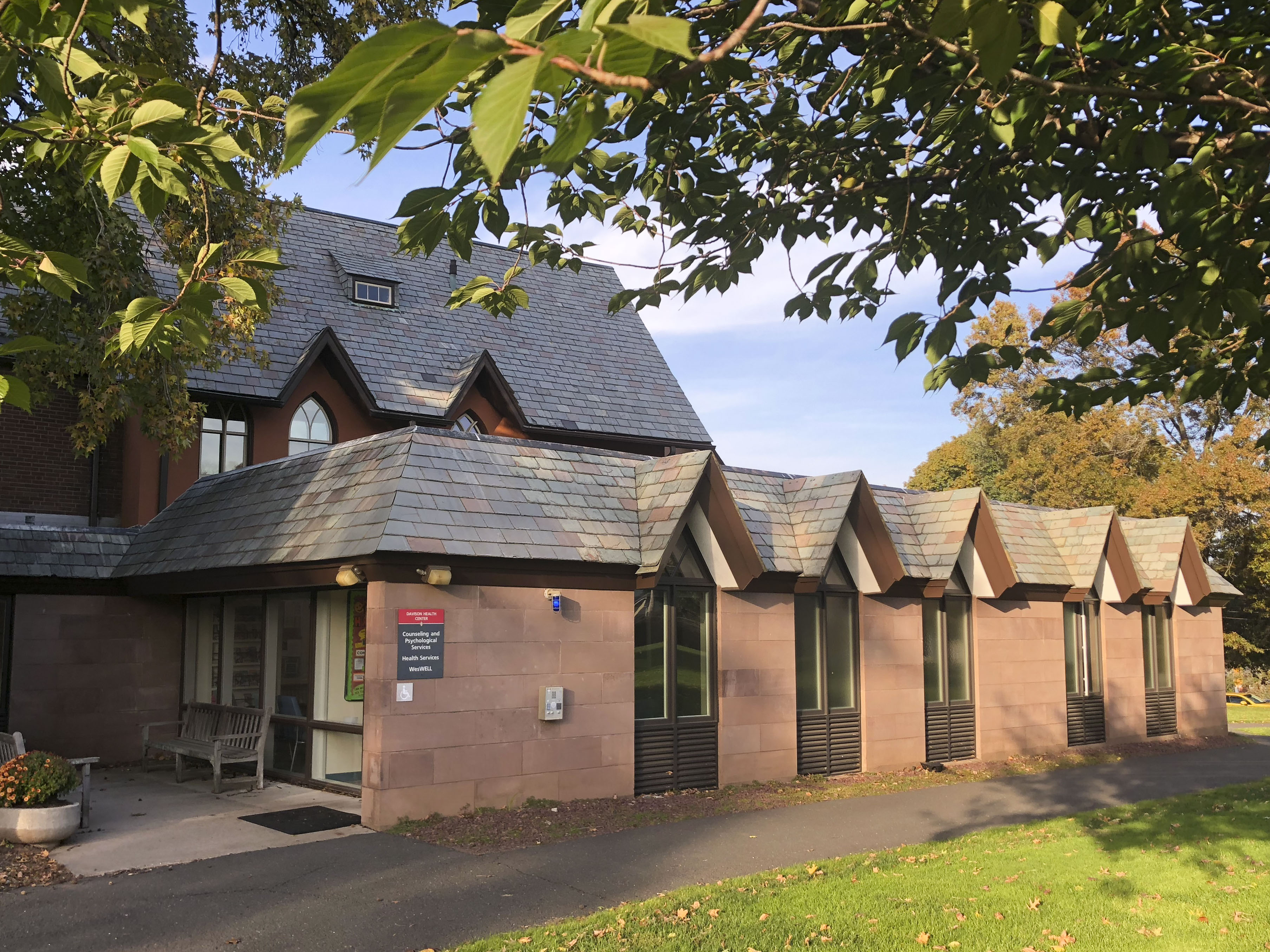In the first five weeks of Spring 2020, Davison Health Center has seen 196 visits for influenza-like illness (ILI) in comparison to 21 visits for ILI over the same period last spring, signifying an 833% increase. Additionally, the percentage of visits to Davison Health Center related to cold, flu, and upper respiratory infections in the first five weeks of Spring 2020 increased by 30% from the same time frame in Spring 2019.
The recent rise in the coronavirus disease (COVID-19) cases has caused concern, but Medical Director at Davison Health Center Dr. Thomas McLarney does not believe it is the reason for the increase in flu cases and foot traffic the Health Center has seen this semester.
“I don’t think [coronavirus] is [the reason for the increase] because we tried to get the information out as far as coronavirus goes,” McLarney said. “There’s no cases in Connecticut, there’s just the one case on the East Coast in Boston. What I’m sensing when I talk to the students is they’re not coming in here and [saying], ‘Oh man, I think I got the coronavirus.’ They say, ‘Oh man, I think I got the flu.’”
McLarney believes a particularly ineffective flu vaccine is a likely explanation for the uptick in cold and flu cases, as there have been vaccinated students who have tested positive for the flu. He explained that no vaccine can be 100% effective, but it is still worthwhile to get.
“We know that the vaccine at any point year-to-year could be anywhere from 50 to 80 percent effective,” McLarney said. “No vaccine is ever 100% effective, no matter what. But we do know that when people have had the flu vaccine and they ended up getting the flu, they’re gonna usually have a much milder case of it.”
McLarney explained that flu vaccines are developed 12 to 18 months prior to the respective flu season, leading to the possibility that circulating strains of flu viruses do not match those used to develop vaccines.
“So are the strains of circulating flu viruses, influenza viruses that much different than the strains that are in the vaccine?” McLarney said. “Are the strains not quite matching the strains that are circulating around campus? We don’t know that yet. That’ll be something the CDC [Center for Disease Control] will determine when they look at all their tests.”
The development of vaccines often requires educational guesses on the strains that are most likely to appear during the flu season.
“If we look at all the statistics about what strains have circulated, what are the four strains that are most likely going to hit that year?” McLarney said. “And they could be right on or they can be fairly well off. So again, educational crapshoot.”
Even though this flu season has seen a substantial increase in cases, the Health Center implemented a plan to segment off periods of time where one provider or health care professional focuses on flu-related illness.
“In general, we have added additional acute illness time in the schedule during the busiest times (late morning, late afternoon),” Assistant Medical Director Dr. Emily Daponte wrote in an email to The Argus. “We have opened up time for one provider to concentrate on those sick visits.”
Jordan Saliby can be reached at jsaliby@wesleyan.edu.

Comments are closed